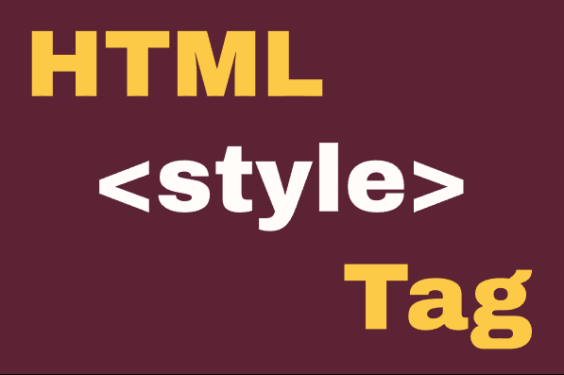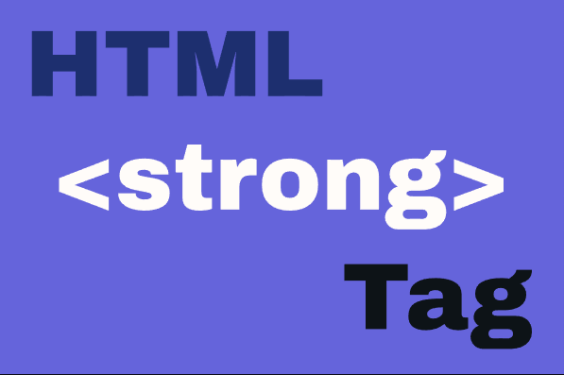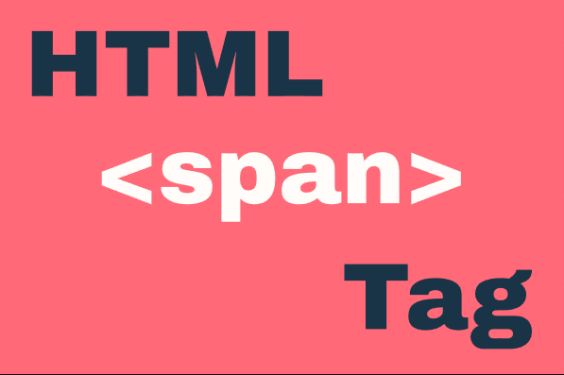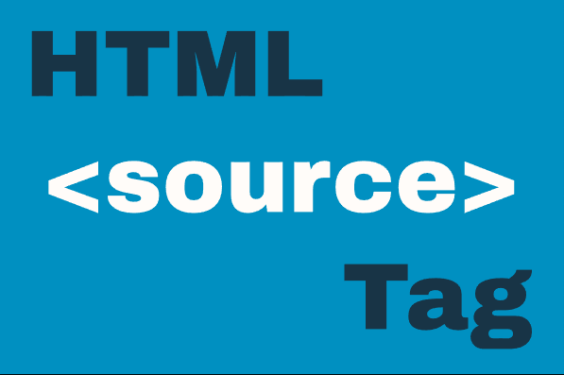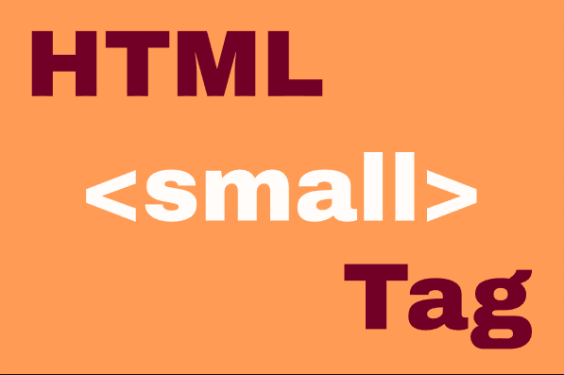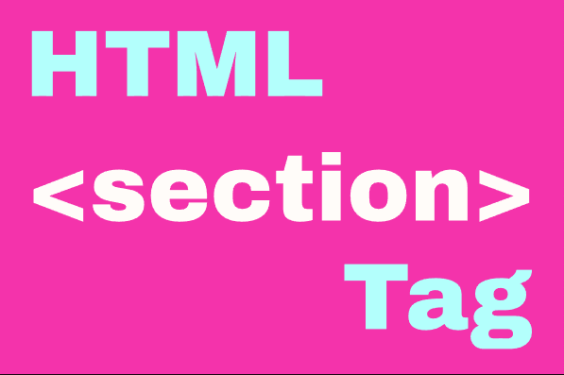HTML <i> Element
Publish in HTML Tutorial el 24/05/2025 15:33
The HTML <i> element represents a range of text that is set off from the normal text for some reason. The content is typically displayed in italic type. While this element was often used simply to apply italic styling in the past, in HTML5 it has semantic meaning and should be used to represent text that is in an alternate voice or mood, or otherwise offset from the normal prose.

Common use cases for <i> include:
- Technical terms
- Foreign language phrases
- Thoughts (like in narrative)
- Ship names in Western texts
- Book/movie/song titles (though
<cite>may be more appropriate)
Basic Syntax
Here's how the basic <i> element looks in code:
And here's how it renders:
This is italicized text within a paragraph.
Examples of Usage
Example 1: Foreign Words
The <i> element is perfect for marking foreign words or phrases:
Example 2: Technical Terms
Use <i> to highlight technical terms when they first appear:
Example 3: Thoughts in Narrative
The <i> element can represent a character's thoughts in fiction:
Example 4: Dynamic Italics with JavaScript
Here's how you can toggle italic styling with JavaScript:
Example 5: Combining with Other Semantic Elements
This example shows how <i> can be combined with other semantic elements:
Tips and Best Practices
- Don't use
<i>just for visual styling - use CSS for that purpose (font-style: italic). - Consider using the
langattribute when marking foreign words. - For emphasis, use
<em>instead, as it carries semantic meaning for screen readers. - For book/movie titles, consider
<cite>which is more semantically appropriate. - You can combine
<i>with other semantic elements when appropriate.
Accessibility Considerations
Screen readers typically don't announce <i> elements differently unless they contain semantic information (like the lang attribute). If you're trying to convey emphasis, use <em> instead, as screen readers will change their tone when encountering emphasized text.
